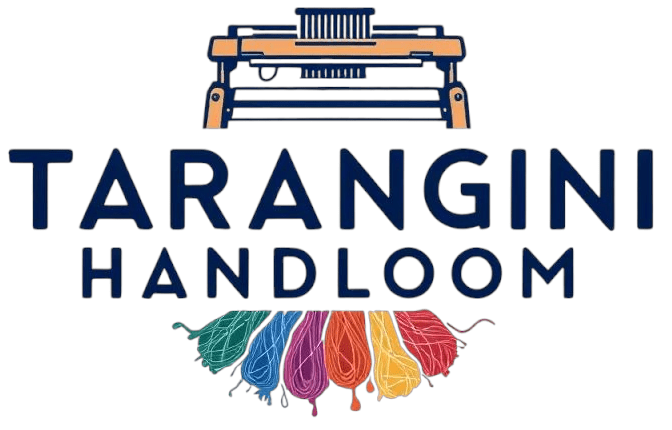Work Saree vs Traditional Saree: The Best Choice for Modern Women

Sarees are more than just garments—they represent heritage, artistry, and evolving style. As more women navigate professional environments, the question of choosing between a work saree and a traditional saree becomes increasingly relevant. Let’s explore how each type fits distinct roles and why both hold a valuable place in the modern wardrobe.
What Defines a Traditional Saree?
Traditional sarees are timeless symbols of culture and craftsmanship. Often made from luxurious natural fibers like silk, cotton, or jute, these sarees showcase intricate, hand-woven patterns and motifs inspired by nature, mythology, and heritage. Iconic styles include Banarasi, Kanjeevaram, Patola, and Baluchari sarees, which are adorned with detailed borders, heavy embroidery, zari work, and classic designs.
- Occasions: Traditional sarees are reserved for cultural events, religious ceremonies, weddings, and special occasions where the emphasis is on grandeur and legacy.
- Styling: The draping style is often voluminous and elaborate, with a focus on highlighting the pallu and ornate borders.
- Colors & Patterns: Rich, vibrant hues like red, maroon, green, and gold dominate, often with traditional motifs such as lotus, peacocks, or scenes from folklore.
What is a Work Saree?
Work sarees reflect the dynamic needs of modern professionals. They balance tradition with practicality by offering comfort, easy maintenance, and subtle elegance. Popular fabrics include lightweight cotton, linen, Tussar silk, and georgette—each chosen for breathability, ease of movement, and neat draping.
- Occasions: Designed for daily office wear, meetings, academic settings, or professional events, work sarees transition seamlessly from day to evening.
- Styling: The draping is streamlined for practicality—think neat pleats, shorter pallus, and secure pinning to stay in place during busy workdays. Blouses are high-neck or tailored for a corporate look.
- Colors & Patterns: Neutral and subdued tones like beige, navy, grey, and pastel shades are favored, with minimal prints, pinstripes, or delicate embroidery for a professional, understated appearance.
Key Differences at a Glance
| Feature | Traditional Saree | Work Saree |
|---|---|---|
| Fabrics | Silk, cotton, jute | Cotton, linen, light silk, georgette |
| Ornamentation | Heavy embroidery, zari, motifs | Minimal, subtle border/prints |
| Colors/Designs | Vibrant, traditional motifs | Neutral, simple, modern patterns |
| Occasions | Festivals, weddings, rituals | Office, meetings, day-to-day work |
| Draping Style | Voluminous, elaborate | Neat, practical, comfortable |
Why Choose a Work Saree?
- Comfort for Long Hours: Lightweight and breathable fabrics reduce fatigue during extended workdays.
- Professional Aesthetic: Neater drapes and subtle colors project confidence and competence.
- Easy Maintenance: Many work sarees are wrinkle-resistant and easy to care for—essential for busy schedules.
- Modern Fusion: Innovations include pre-stitched sarees, hidden pockets, and hybrid blouse designs for added convenience and style.
Why Traditional Sarees Endure
- Cultural Pride: Wearing a traditional saree connects to heritage, family, and art, making them irreplaceable during significant life events.
- Statement Piece: Their rich textures and ornate details turn heads and make special occasions unforgettable.
Final Word
Both work sarees and traditional sarees empower women to express their identity—whether through everyday elegance at work or the celebration of milestone moments. At TaranginiHandloom.com, we celebrate this continuum, offering collections that honor India’s handloom legacy while embracing the demands of contemporary fashion. Choose your saree to match not just the occasion, but your journey—combining comfort, style, and cultural pride in every drape.
